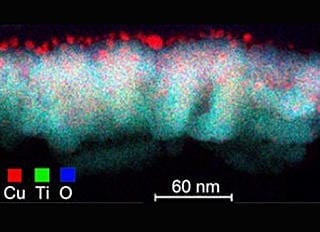Generating electricity by nuclear fusion has long looked like a chimera. A reactor being built in Germany may change that
AS THE old joke has it, fusion is the power of the future—and always will be. The sales pitch is irresistible: the principal fuel, a heavy isotope of hydrogen called deuterium, can be extracted from water. In effect, therefore, it is in limitless supply. Nor, unlike fusion’s cousin, nuclear fission, does the process produce much in the way of radioactive waste. It does not release carbon dioxide, either. Which all sounds too good to be true. And it is. For there is the little matter of building a reactor that can run for long enough to turn out a meaningful amount of electricity. Since the first attempt to do so, a machine called Zeta that was constructed in Britain in the 1950s, no one has even come close.
At the moment, the main bet being placed by fusion enthusiasts is on ITER, the International Thermonuclear Experimental Reactor, a research machine that can hold 840 cubic metres of hot, gaseous fuel. It is being bolted together at a projected cost of €15 billion ($22 billion) in the south of France. ITER is what is known as a tokamak, a doughnut-shaped device invented in Russia at about the same time Zeta was active. Deuterium (along with an even heavier hydrogen isotope called tritium, which is made by bombarding either deuterium or lithium with neutrons) is injected into the doughnut, heated to the point at which its electrons break free and it forms a plasma, and squeezed by magnetic fields.
If the speed of the nuclei (a consequence of their temperature) and their density (a consequence of the magnetic squeezing) can both be made high enough, that will overcome the mutual repulsion of the nuclei’s positive electric charges. This allows a short-range phenomenon called the strong nuclear force to take over and causes the nuclei to merge and form helium. The fusion of deuterium and tritium into helium in this way releases energy—enough of it, in theory, both to power the reactor and to yield a surplus that can be converted into electricity. It also releases neutrons, which engineers hope to use to make tritium and thus close the fuel cycle.
Unfortunately, there is a fundamental snag. The shape of the reactor means that the magnetic field which does the squeezing (and thus also keeps the superhot plasma away from the walls) produces different forces in the inner and outer parts of the doughnut. That would result in a turbulent release of plasma if it were not counteracted by a second magnetic field created by an electric current induced in the plasma itself.
The problem is that sustaining this second current is hard, and if its level varies too much, the system breaks down. That means the reactor is constantly starting and stopping. This is not a tenable arrangement for a commercial power station. One of ITER’s goals is to get the length of individual runs up to 50 minutes. (In ITER’s predecessor, the Joint European Torus, runs lasted for a matter of seconds.) Even that, though, is not really satisfactory. Hence the interest in another reactor design, the stellarator, a rival to the tokamak which fell behind in the 1960s but which is now making a comeback.
Bookmark this page for “Fusion power” and check back regularly as these articles update on a very frequent basis. The view is set to “news”. Try clicking on “video” and “2” for more articles.









